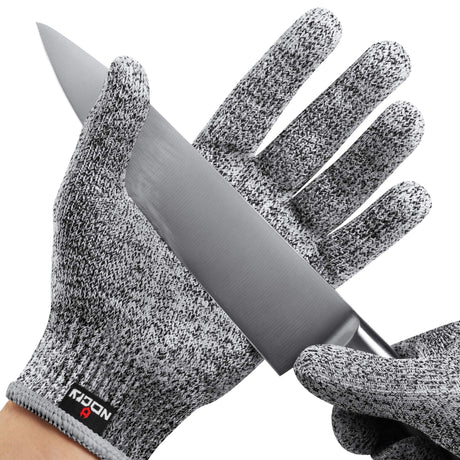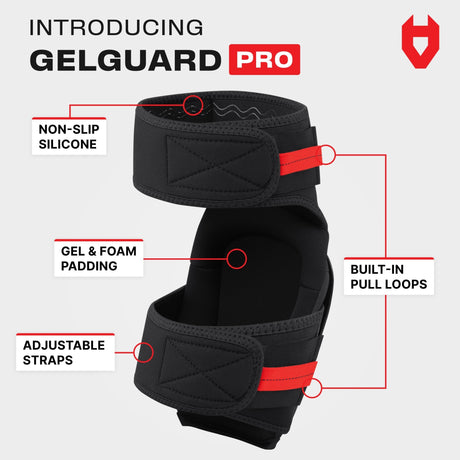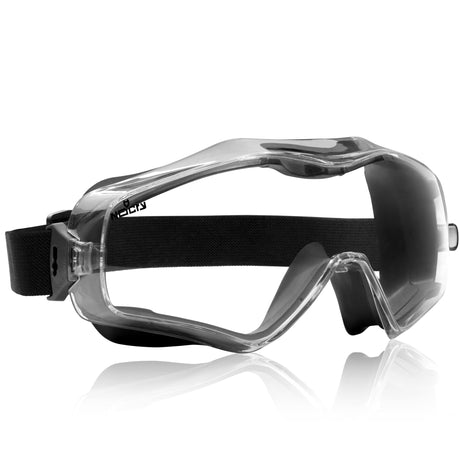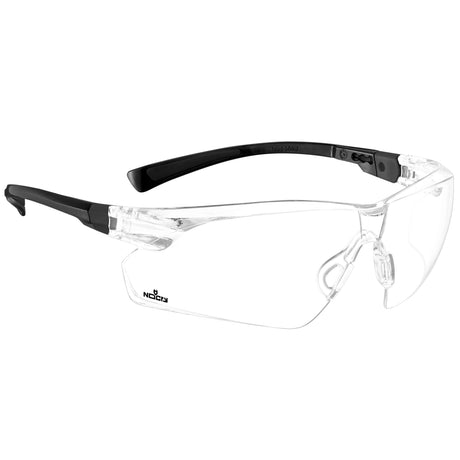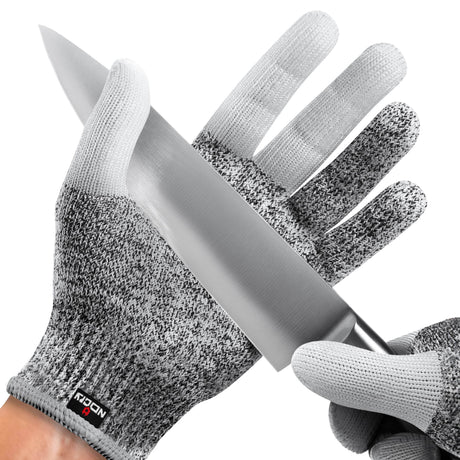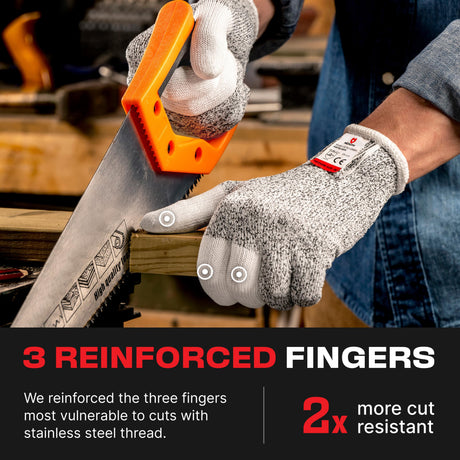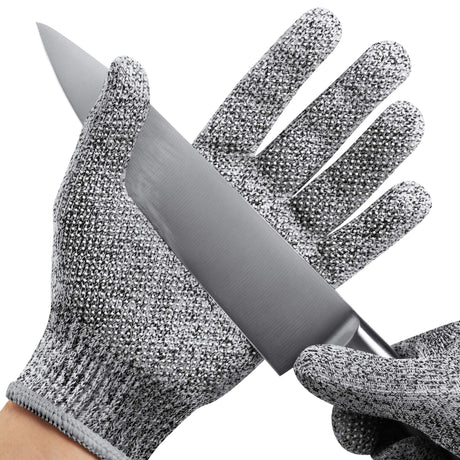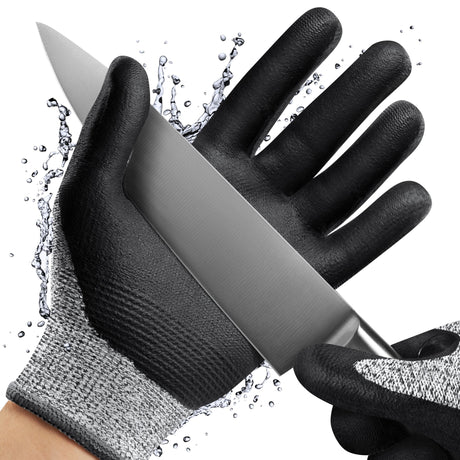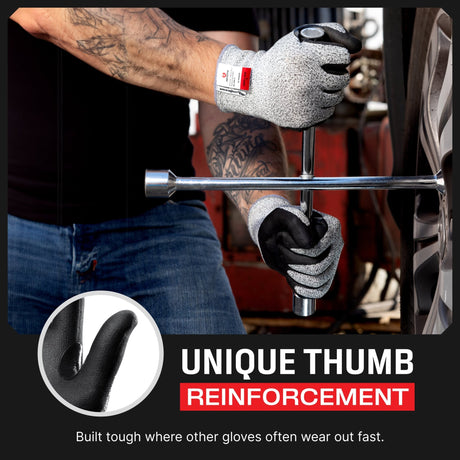Contents
Key Takeaways
- You must register your business legally and comply with federal and state tax laws.
- PPE and safety compliance matter not just during crafting but also in how your products are marketed and used.
- Success depends on your ability to market in a saturated space — branding, SEO, and community-building are key.
- Products like cutting boards or resin-coated items must meet food safety standards.
- Use Etsy, Spocket, Shopify, Amazon Handmade, or build your own site depending on your brand goals and audience.
How to Sell DIY Wood Crafts Online
If you’re already confident in your joinery, turning, or carving skills, the next step is treating your hobby like a business. Start with a clear plan: What are you selling, who are you selling to, and where are you selling it?
Here’s a streamlined path:
- Choose your product niche: Custom cutting boards, furniture, signs, small decor, or functional tools.
- Register your business: Create an LLC or sole proprietorship in your state.
- Get a resale certificate and EIN: These help with taxes and buying materials wholesale.
- Create a brand identity: This includes a name, logo, story, and your point of differentiation; maybe it’s local hardwoods, reclaimed materials, or modern rustic design.
- Pick your platform(s): Shopify for control, Etsy for exposure, Amazon Handmade for reach, or all three.
- Price for profit: Track material, time, and overhead. Use accounting software like QuickBooks to keep it clean.
How to Sell Homemade Crafts Legally?
You can legally sell handmade woodwork in the U.S., but you need to:
- Register your business entity with the Secretary of State.
- Collect and remit sales tax in states where you have nexus (physical presence or significant activity).
- Get a federal EIN for taxes and business banking.
- If selling food-contact items (cutting boards, spoons), comply with FDA food safety guidance; use only finishes rated food-safe, such as pure tung oil or mineral oil.
- If your products are intended for children or infants (like wooden toys), ensure they meet CPSC (Consumer Product Safety Commission) rules.
For resin work or finishes, check OSHA guidelines and MSDS sheets. Some resins emit VOCs or require respirators and proper ventilation. Label final products carefully if any allergenic or toxic materials were used in the finish.

What Tax Steps Do I Need to Take to Sell Woodworking Projects Legally?
Once you’re making regular income from woodworking, the IRS considers you self-employed. That means you’re responsible for quarterly estimated taxes using Form 1040-ES. If you skip these, expect penalties. It’s not just about federal taxes; most states expect quarterly payments. Use accounting tools like QuickBooks, FreshBooks, or even a spreadsheet system to make this easier — just be consistent and thorough.
Track deductible expenses such as tools, finishes, shipping costs, shop rent, home workshop utilities, and even a portion of your internet if used for marketing. If you sell online across state lines, you’ll also need to understand the sales tax nexus. Selling through platforms like Etsy or Shopify can trigger tax obligations in multiple states, depending on volume. A good CPA, preferably one who works with small online sellers, is worth their fee. They’ll keep you compliant and can help you structure your deductions properly.
Do I Need a Business License to Sell Woodworking From Home?
Even if your shop is in your garage, you may still need a local business license. Cities and counties often require small business registration, especially if you’re doing any volume of sales or deliveries. You might also need a home occupation permit; this depends on zoning laws in your area. Some municipalities restrict heavy machinery, flammable materials, or business traffic in residential zones.
In many cases, you won’t run into issues if your work is quiet and contained, but it’s still smart to check with your local zoning board. Noise ordinances, ventilation requirements, and fire codes could affect what you’re allowed to do. It’s easier to get in compliance upfront than to deal with fines later, especially if neighbors complain about sawdust or resin fumes.
Are There Rules for How I Can Advertise Handmade Wood Products?
Yes, especially online, your marketing must comply with FTC advertising rules. That means you can’t label a product “food-safe” or “eco-friendly” unless you can prove it with documentation or certification. Making unverified claims could land you in legal trouble. The FTC also regulates “greenwashing,” so if you’re using reclaimed wood or natural finishes, be specific about what makes them sustainable.
If you do email marketing, make sure you comply with the CAN-SPAM Act. Include your business address in every email and make it easy for people to unsubscribe. For social media promotions or giveaways, you must disclose how winners are chosen and include eligibility rules. Instagram, Facebook, and YouTube also have their own policies, so read up before launching your first giveaway or influencer campaign.
Tip: Include detailed material info — list the wood species, finish type, and care instructions on each product page. Buyers love knowing exactly what they get, especially for custom or heirloom-quality pieces.
Do I Need Insurance to Sell Handmade Woodwork?
Absolutely. Even if you’re a solo operation, business insurance is crucial. Start with general liability insurance, which protects you if someone gets injured using your product, say, a stool collapses, or a toy causes a splinter. You’ll also want product liability insurance, especially if you sell anything for children, food contact, or furniture bearing weight.
If you transport goods to markets or clients, consider inland marine insurance, which covers your tools and finished products in transit. And because homeowner’s insurance usually won’t cover business activity, check if your provider offers a home-based business endorsement. This protects your tools and shop space from theft or damage while you’re working from home.
How Do I Handle Customer Service and Returns for Woodworking Sales?
Customer service can make or break your reputation, especially when selling handmade goods. Set clear expectations upfront with your return and refund policies. Many woodworkers don’t accept returns on custom pieces, which is fair, but you need to communicate that clearly in your listings and your site.
Shipping can also be a pain point. Use shipping insurance for fragile or high-ticket items, and document everything with good packaging and tracking numbers. Customers appreciate transparency, especially around turnaround times and how damage claims are handled. For communication, keep everything centralized in places such as Etsy messages, Shopify Inbox, or even emails linked through your site help you respond fast and keep a record of your conversations.
How Can I Grow or Scale My Woodworking Business Online?
Once orders start rolling in, you must think beyond solo production. Look for ways to systematize your workflow: batch production, templates, and jigs can help streamline tasks like sanding or finishing. You might even outsource parts of your process, such as having a helper prep blanks or managing packaging.
To make smarter business decisions, you can consider leveraging insights from data aggregation companies to understand buying trends, seasonal demands, and pricing strategies. This data can help you identify which products to double down on and which marketing channels perform best. To go further, you can take ML training to forecast seasonal demand, segment buyers by behavior, and optimize pricing.
You can also scale by selling your designs as digital downloads or licensing them to other makers. Some woodworkers even develop recurring revenue by offering subscription boxes or launching product lines that sell well seasonally. Once you’ve dialed in a few bestsellers, consider offering wholesale deals to local boutiques, home goods shops, or coffee houses. Wholesale requires consistent quality and margin room but can be a strong second revenue stream.
Which Platform is Best for Selling Handmade Products?
Here’s the real breakdown for selling woodworking projects online:
- Good starting point with high traffic.
- Downside: It’s saturated, and fees add up.
- Still viable for small wood items, gifts, and decor.
- Best if you want total control of your site, design, and branding.
- Requires more setup, but it’s scalable and pro-looking.
- Niche option for those with recurring products or gift boxes (think: monthly coaster set, kitchen tools, etc.).
- Customers like the subscription model, and it represents a stable recurring revenue.
- Massive audience, but stricter rules and less room for branding.
- Suitable for makers comfortable competing at scale.
Start on Etsy or Shopify. Once you’re generating consistent income, consider offering wholesale to interior designers, local boutiques, or cabinet shops.

Can I Sell Woodworking Projects on My Own Website?
Yes, selling on your own site gives you full control over your branding, pricing, customer experience, and profit margins. Unlike Etsy or Amazon Handmade, there are no listing fees or marketplace rules to follow. You also own your customer data, meaning you can grow an email list, track behavior, and retarget ads more effectively.
To do this right:
- Use a platform like Shopify, Squarespace, or WooCommerce (on WordPress).
- Make sure your site has clear photos, product descriptions, terms of service, and a privacy policy.
- Set up a secure payment system (Stripe, PayPal, or direct credit card).
- Comply with sales tax laws — many platforms integrate with tools like TaxJar or Avalara.
Selling from your own site also boosts trust, especially if you position your shop as a small-batch, artisan brand. However, it takes time to build traffic, so it’s smart to start on marketplaces (like Etsy) while creating your own site in the background.
To help bridge the gap and drive offline-to-online traffic, consider using a QR code generator to create custom QR codes that link directly to your store, product pages, or special offers.
Legal and Material Restrictions: What You Can and Can’t Use
While you’re mostly free to create what you want, some products come with rules:
- Toys for kids must meet CPSC standards and may need third-party testing.
- Food-contact items must use food-safe wood species (e.g., maple, walnut) and finishes.
- Resins must be fully cured and labeled clearly, especially if selling as decor or for contact use.
- Reclaimed wood must be clean of lead paint or contaminants.
- Avoid using exotic woods that may be endangered or restricted by CITES (e.g., some rosewoods).
For packaging, avoid misleading claims. Don’t label something “eco-friendly” or “food-safe” unless it meets verifiable standards. The FTC regulates false advertising and eco-labeling.
What Handmade Item Sells the Most Online?
According to Shopify and Etsy trend data, these items do well:
- Personalized wood signs and wall art
- Cutting boards and charcuterie boards
- Floating shelves
- Small furniture (side tables, stools)
- Resin and wood hybrid pieces
- Wooden toys and puzzles
- Pet-related items (e.g., feeders or name signs)
But what sells most depends on your audience. Your best bet? Build a niche brand that reflects your style and solves a specific need or aesthetic want.
Tip: Show your joinery or build quality — close-up photos of dovetails, mortise-and-tenon joints, or clean glue lines show your craftsmanship and justify a higher price.
How to Sell Woodworking Projects Online in a Crowded Market
In a saturated market, marketing and positioning are everything. To stand out, businesses can use content marketing to showcase their unique value, build brand awareness, and connect with their target audience.
1. Dial in your SEO
To improve your SEO, use keywords like “handmade walnut cutting board,” not just “cutting board.” Research tags on Etsy and use keyword tools like Ubersuggest or EverBee. Additionally, consider joining a link building community where marketers and creators can exchange backlinks and SEO strategies to improve search visibility.
2. Show your story
Buyers want more than a product — they want the maker’s story. Share your process on Instagram, YouTube, or a blog.
3. Email is gold
Start collecting emails early. Offer a 10% discount for sign-ups, and send out occasional updates or new launches.
4. Professional photography
Use high-res, natural light photos. Include shots in use (a cutting board with cheese), detail close-ups, and scale references.
5. Sell value, not price
Don’t race to the bottom. Emphasize craftsmanship, sustainable sourcing, or custom design. That’s what your customers are paying for.
Do I Need PPE In The Wood Shop?
Even seasoned woodworkers sometimes get lax about safety. When running a business, safety affects more than your health, as it affects your productivity and legal exposure.
Minimum PPE for woodshop work includes:
- Hearing protection (earmuffs or plugs)
- Respirator or mask (especially for MDF, pressure-treated lumber, or resin work)
- Safety glasses or face shield
- Dust collection to reduce airborne particles
- Gloves — only when sanding or finishing, not when using rotating tools
Resin work especially requires Nitrile gloves, a full-face respirator, and solid ventilation. Follow product instructions and Material Safety Data Sheets (MSDS) carefully.
Products mentioned
Conclusion
Turning your DIY woodwork into a full-fledged business is completely doable, but it takes more than skill with a chisel. You need to set up legally, think like a marketer, price for profit, and follow safety and material standards, especially when making food-contact or resin-based products. Treat your brand like a shop you’d walk into: clean, clear, and trustworthy. Build your name over time, and you’ll find loyal customers who care as much about handmade quality as you do.
FAQ
Do I need insurance to sell handmade woodwork?
Yes, consider general liability insurance and product liability if someone is injured using your product (e.g., furniture collapsing). Many sellers also get home-based business insurance.
What business structure is best?
Most woodworkers start with an LLC to limit liability. A sole proprietorship is simpler but offers less legal protection.
Can I sell items made from pallets or reclaimed wood?
Yes, but ensure it’s clean, safe, and free of nails, lead paint, or chemicals. Clearly state it’s reclaimed to avoid confusion.
Are cutting boards with resin food-safe?
Only if you use FDA-compliant resin (e.g., ArtResin) and it’s fully cured. Many pros avoid resin in food-contact areas.
Can I sell at craft fairs without a business license?
You should register your business and collect state sales tax. But check local rules; some allow a few “hobbyist” sales per year without full registration.







